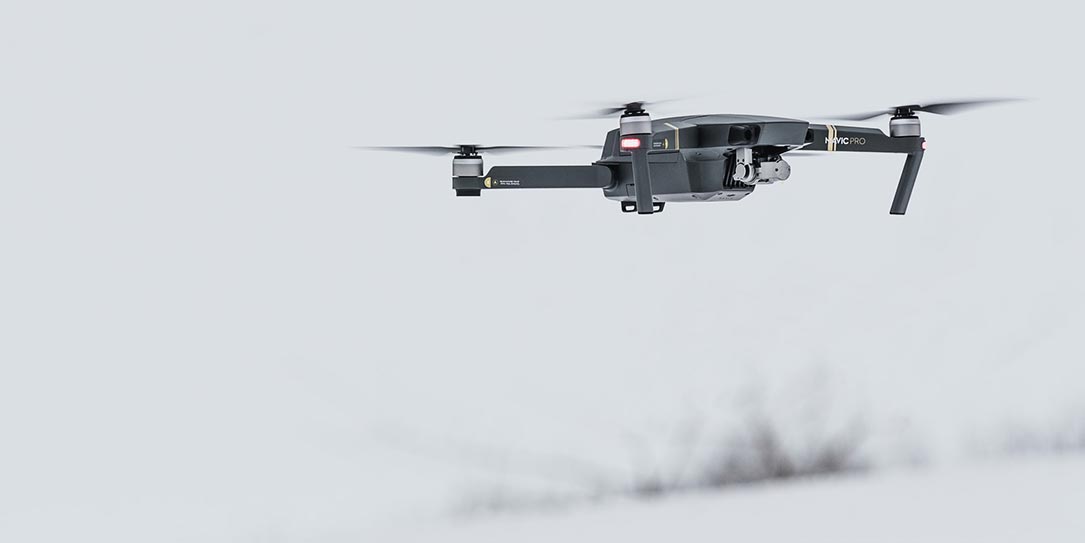People living in urban areas can expect, for the most part, decent response times when calling 911 or waiting for an ambulance. The case is much different for those who live in rural areas and the time spent waiting for a paramedic to arrive can literally mean the difference between life and death. Paramedics in Renfrew County, the largest county in Ontario, Canada, have been using drones to scout ahead and survey accident scenes and is hoping to expand the services their drone fleet can be used for.
Some of the Renfrew County paramedics control the county’s current fleet of five drones, including one that has the ability to drop a defibrillator. Depending on the location of someone in need of such a device, getting a defibrillator to them via drone can be much faster than the ambulance could arrive and give them a better chance of surviving their heart attack.
“For every minute that goes by your likelihood of survival reduces by about 10 per cent. So every minute we can save your likelihood of survival will significantly increase,” said chief paramedic Mike Nolan.
The going hasn’t been easy though as Transport Canada released some pretty tight rules and regulations surrounding drone use last year, including rules that specify that drone pilots must be able to visibly see their drone at all times during flight. Renfrew County is working with Transport Canada and, along with the Ontario Provincial Police and the RCMP, are exempt from the line-of-sight regulation. The paramedics argue that drone technology can indeed assist in saving lives and helping first responders better assess rescue operations.
“The consequence to us not continuing to advance is putting Canadians in harm’s way where we have technology that can make a difference,” Nolan said.
Of course, as Transport Canada indicates, there are some obvious safety concerns with allowing for drones to be piloted while not visible to the pilot.
“There’s a question with respect to visibility of this thing to the radar for NAV Canada, questions with respect to the control link between the station and the drone,” said Felix Meunier, Director of Transport Canada’s Unmanned Aerial System Taskforce.
It will be interesting to see if Transport Canada relaxes this rule for first responders and if they do you can bet commercial ventures like using drones for delivery will be chomping at the bit to be included in those exceptions to the rule.
What do you think about drones being used to potentially save lives? Let us know in the comments below or on Google+, Twitter, or Facebook.
[button link=”https://globalnews.ca/news/4102869/paramedics-take-calls-airborne-with-the-help-of-drones/” icon=”fa-external-link” side=”left” target=”blank” color=”285b5e” textcolor=”ffffff”]Source: Global News[/button]









